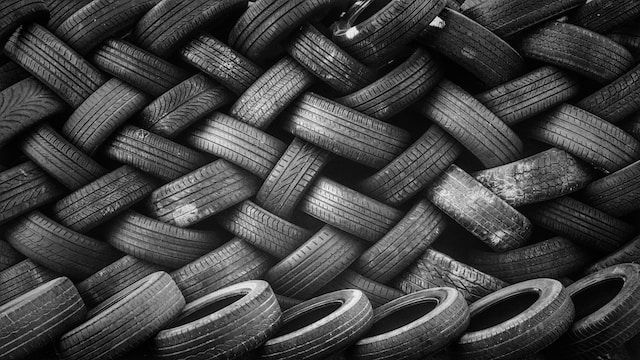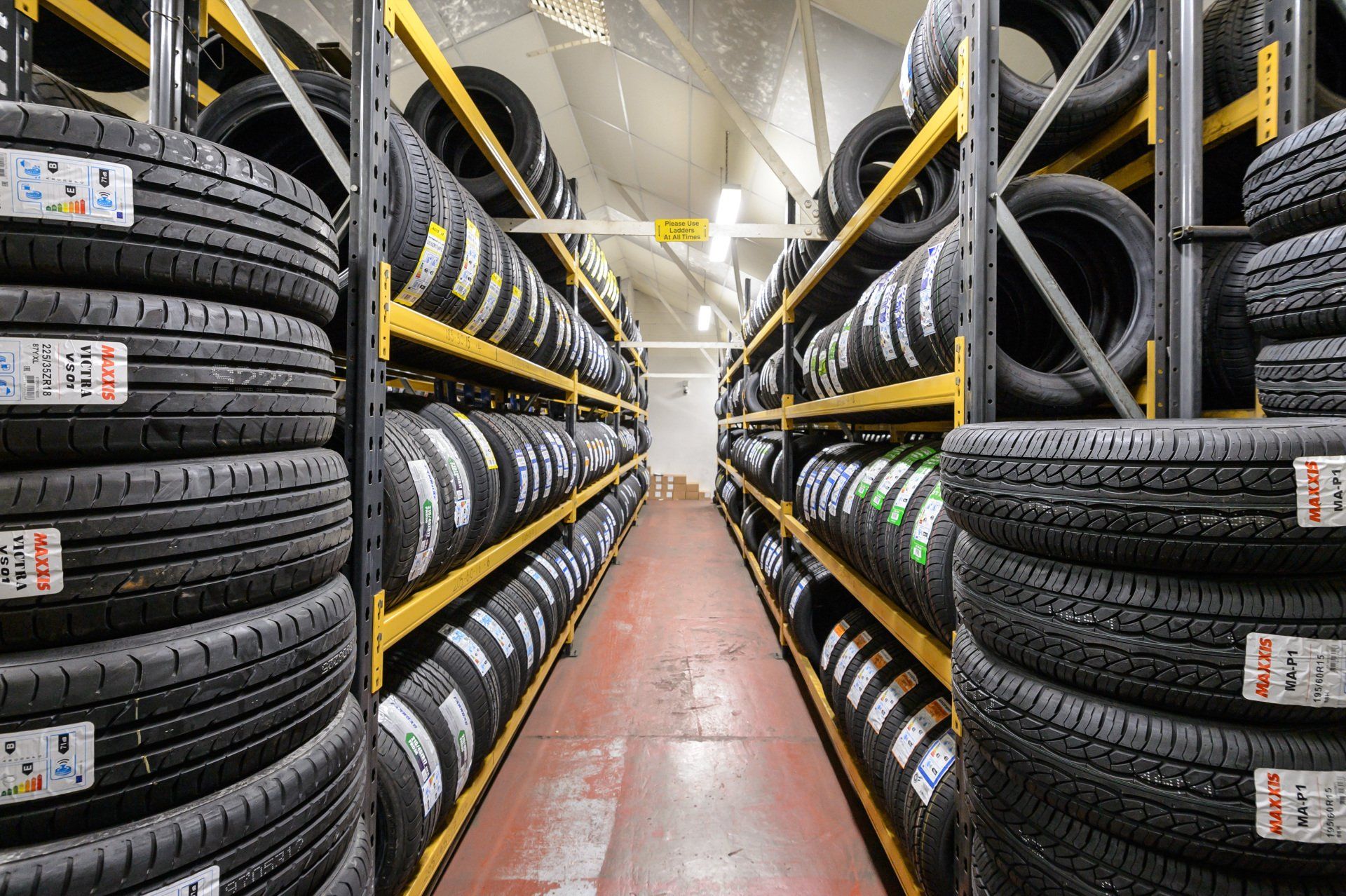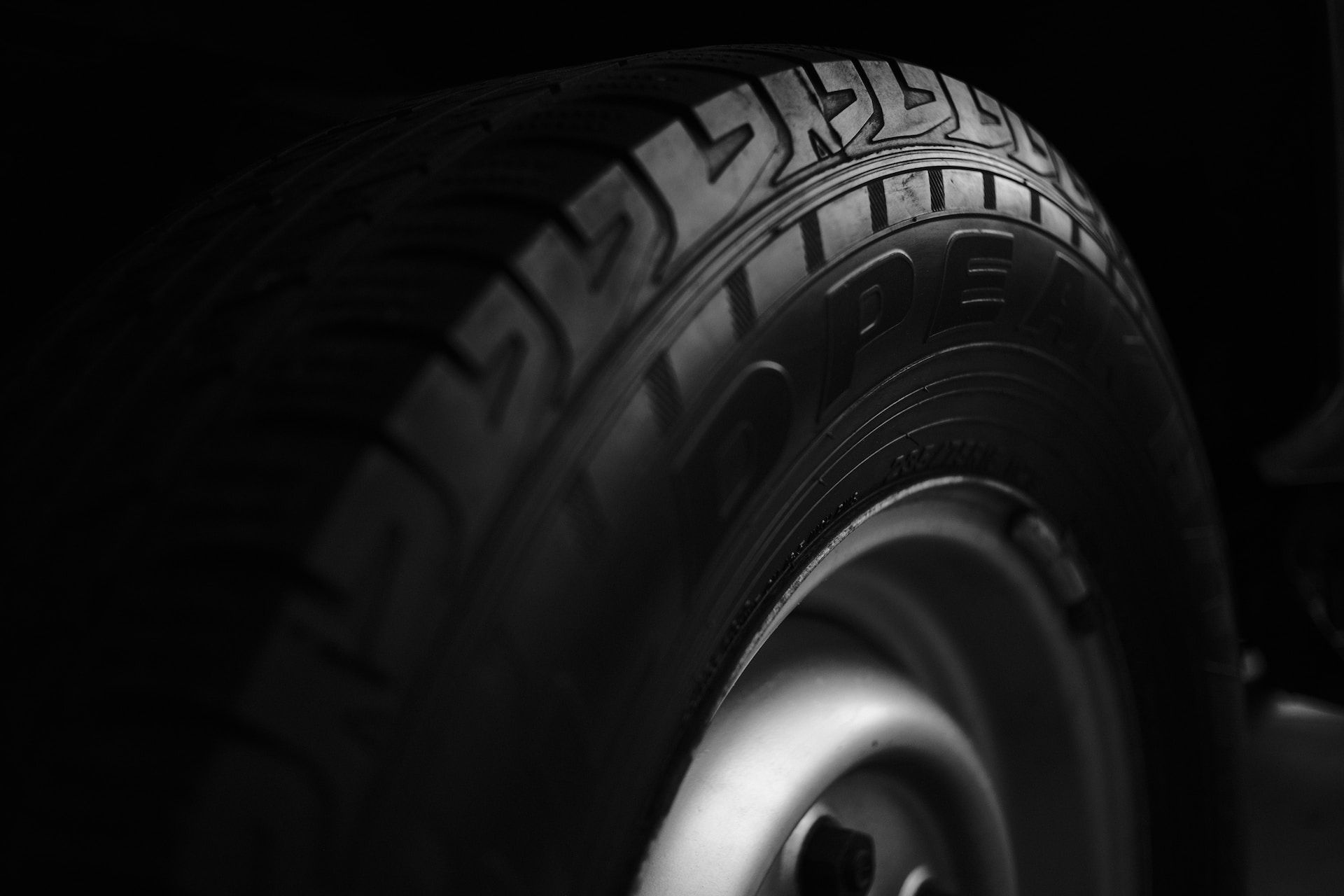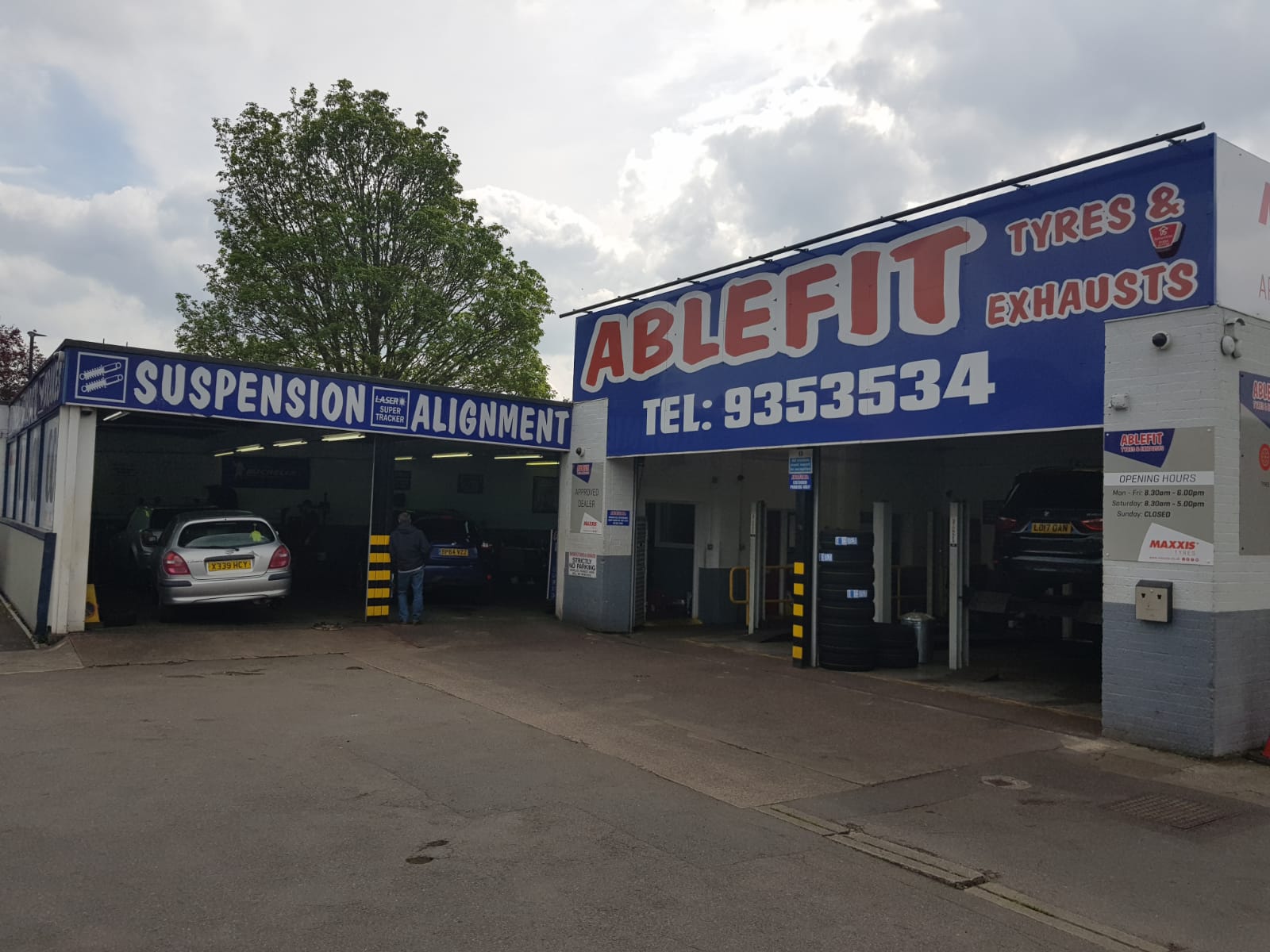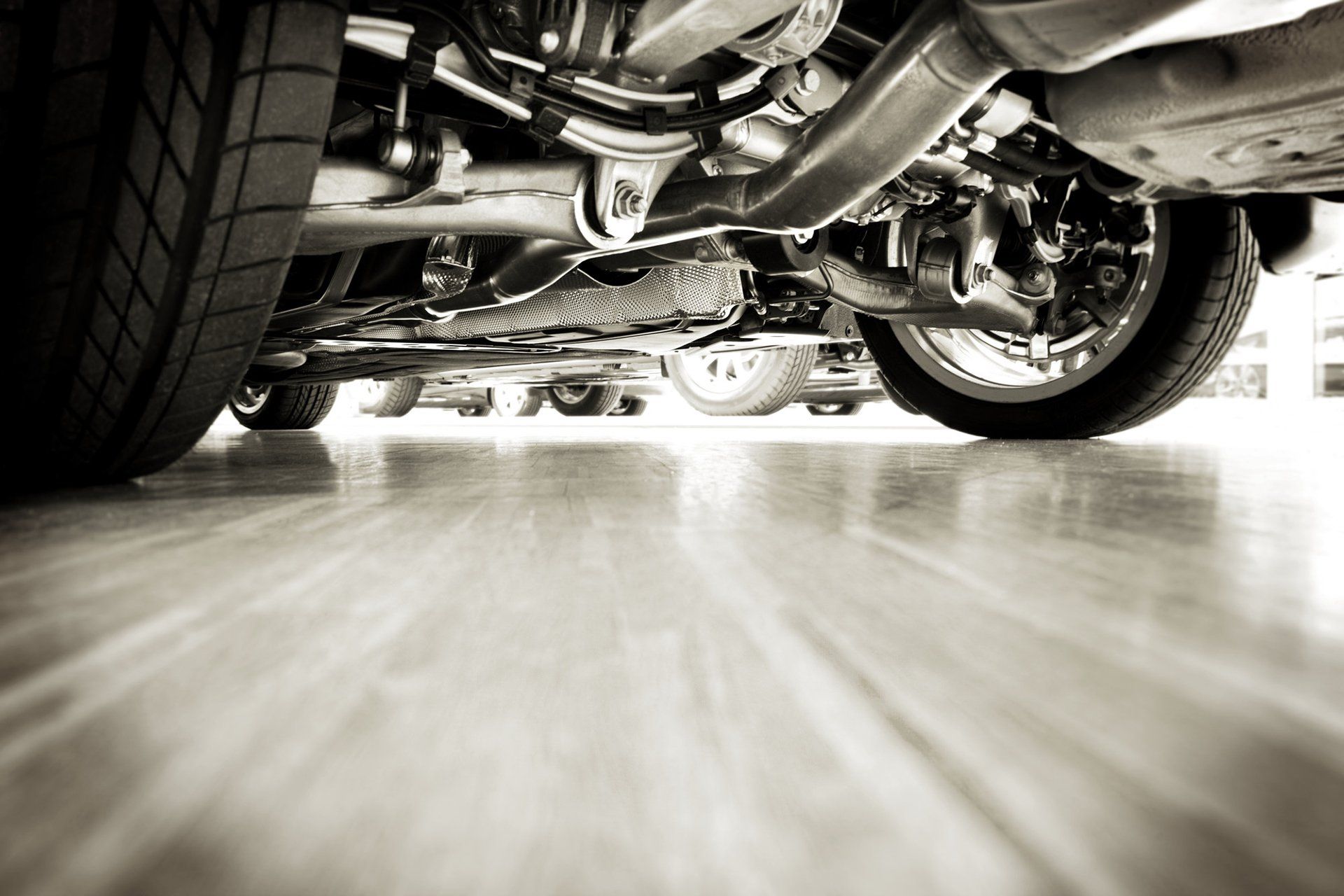What is the difference between wheel balancing & wheel alignment?
What do both of these terms mean?
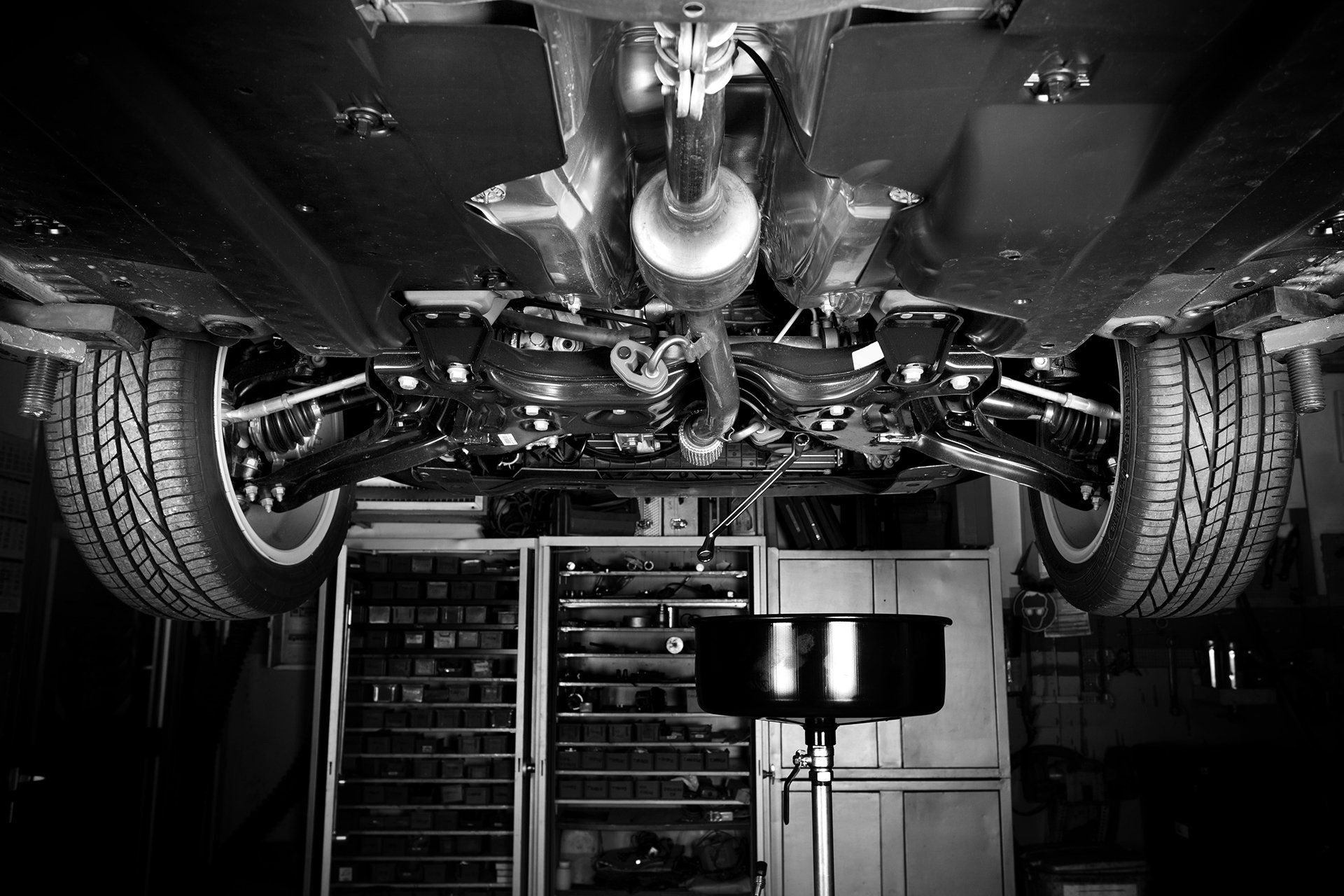
When your mechanic suggests you're out of balance or alignment, do you know what they mean? These terms may seem synonymous - and both wheel alignment and wheel balancing do contribute to the long term health (or not, when imbalanced!) of your tyres. But how they do so is actually quite different in practicality.
Both wheel balancing and wheel alignment are important factors which contribute to a smoother ride.
Wheel or tyre balance corrects the weight imbalance on your tyre and wheel assemblies. It addresses the weight distribution around the wheel.
Wheel alignment, meanwhile, corrects the angles of the tyres - so that the tyre surface hits the road in the right place. It does so by looking at the position of the car’s wheels in relation both to the road surface, and to each other.
Keeping both your wheel balance and wheel alignment right is crucial to the long term health of your car, so let’s dive into more detail.
What is Wheel Balancing?
Wheel balancing, or tyre balancing, corrects any uneven distribution of weight on your wheels. An imbalance wheel can lead to excessive wear on specific tyres or specific parts of your tyres, it can damage the suspension, and it can cause vibration.
As outlined above, wheel balancing corrects any imbalance your car is undergoing. When your car undergoes routine servicing, and during a tyre balance service, the tyres and wheels will be mounted on a tyre balancing machine which then spins the tyres and wheel assembly. Whilst they spin, the machine checks for and measures any imbalance.
To correct a wheel imbalance, your mechanic will need to install tyre weights, to achieve a proper balance in the wheels and tyre assembly. These small weights counter any inconsistencies. Wheel balancing will then ensure that all weight is evenly and equally distributed around the wheel - and that the tyre rotates evenly.
How do I know if my car needs wheel balancing?
There are some signals that can be a clear message that your car could need wheel balancing (and require exploration). Uneven wear to the tyres is a really obvious indication that different parts of your tyre are taking the brunt of your car’s load. Other signs include vibrations - through the steering wheel, seat or floorboard.
Where the vibrations seem to emanate from can be an indication of which tyres need looking at - front or back. If the seats vibrate, it’s likely the imbalance is in the back wheels, whereas if you're feeling it in the steering wheel, it’s likely the front tyres.
It’s a good time to consider wheel balancing after a flat tyre repair, as part of routine scheduled maintenance, and during a tyre rotation.
Why is it important to correct a wheel imbalance?
Wheels being balanced ensures ride comfort. Imbalance in your wheels produces vibration that can be really uncomfortable over time, whether felt through the steering wheel or seats. But more than that, balance issues can wreak havoc on your car. From premature wear on your tyres to issues with suspension and steering components, out of balance wheels can really have a negative impact.
Why do wheels go out of balance?
Uneven wear to your tyres can cause them to go out of balance, as can the sudden loss of the weight of a wheel - for example when you go over a kerb, or hit a pothole. Even leaving your car parked up for long periods without driving it can cause imbalances to occur.
What is wheel alignment?
Wheel alignment, or tyre alignment, refers to adjustments made to your car’s suspension to correct how your wheels interact, both with each other and with the road. Your suspension is the system which connects the vehicle to its wheels, so wheel alignment isn’t an adjustment to the wheels themselves, but to the vehicle’s suspension.
It entails checking the direction and angle of your wheels, ensuring they remain parallel with one another. A mechanic or specialist can then make any adjustments needed to the tie rods and control arms, to correct your alignment.
How do I know if my car needs wheel alignment?
Your car may well need wheel alignment if you notice any of these tell-tale signs. Sometimes the car will pull to one side of the road. If your tyre treads wear out prematurely, or unevenly, this is another sign. Tyres squealing, a vibrating steering wheel or seats, and a wheel that tilts off-centre are all other symptoms of wheel alignment.
Wheels should be aligned according to the optimum position, detailed by the vehicle’s manufacturer. This involves adjusting the ‘toe’, ‘camber’, and sometimes ‘caster’ angles. The ‘toe’ is whether the front of the tyres is closer or further apart than the rear of the tyres. The ‘camber’ describes the tyres’ inward or outward tilt. The ‘caster’, finally, is the angle between vertical and the steering pivot axis. This can be adjusted by moving the suspension struts.
Why is it important to make sure your car wheels are aligned?
Proper wheel alignment ensures your car won’t veer across the road to the right or left, and can stop unusual vibrations and improve your car’s handling. There are several benefits, but on a basic level, it’s handy to remember “a-lign-ment” - correct alignment ensures you can drive in a straight line, and not drift.
As well as pulling, poor alignment can lead to uneven braking, making for unsafe driving conditions. For this reason it’s advised to check your alignment annually. You could even save money in the long run, as you won’t prematurely age your tyres nor spend more on fuel due to extra resistance.
Why do wheels go out of alignment?
It is largely road conditions that throw wheels out of alignment, from potholes to hitting the kerb.
What are the benefits of wheel balancing & wheel alignment?
As well as ensuring your vehicle’s safety, which should be of primary importance, these checks can save you money, as they extend your tyres’ lifespans and improve fuel efficiency. Improved vehicle handling and comfort in the vehicle are other significant benefits!
Are you noticing any of the signs detailed above in your vehicle? If so, don’t delay - get in touch with
Ablefit
today, to see how we can get you back to full efficiency on the road.


